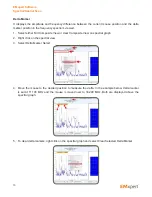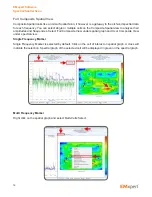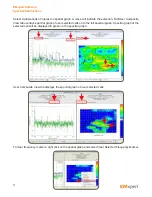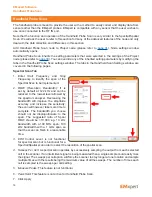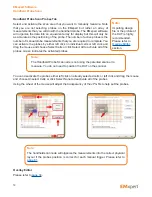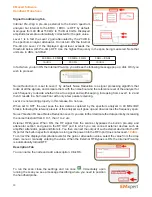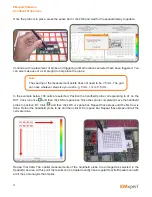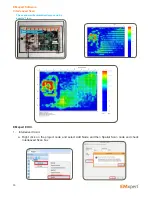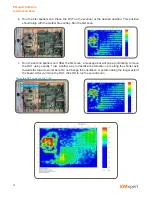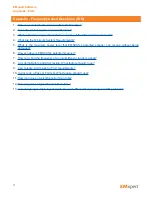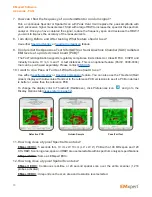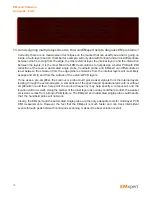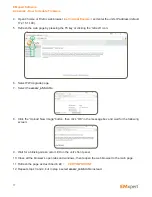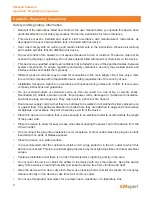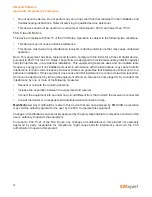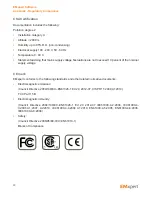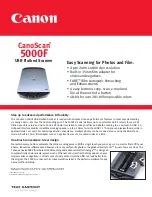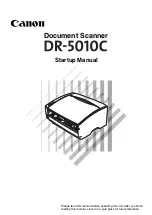
69
Measurement Tips
Scanning a PCB
Place the PCB on the scanner aligning it as closely as possible to the vertical and horizontal guidelines.
Lining it up squarely assists you when importing overlays or images (JPG).
When analyzing the emissions produced by a printed circuit board or device (DUT), verify that signals
are actually being emitted from the DUT and are not ambient background signals being retransmitted by
the DUT:
1. Run a Spectral Scan over the frequency range of interest with the unpowered PCB on scanner.
This is to verify if the DUT is acting like an antenna or signal conduit for non-local sources.
2. Power on the PCB and go through step 1
3. Compare the powered and unpowered scans taken with the DUT in the same position and with
identical scanning parameters.
To determine the significant emission areas on the DUT at the frequencies of interest:
4. Run Spatial Scans at the relevant frequencies found in Step 3.
If the peaks have not been measured accurately:
5. Run narrow Spectral Scans so that the frequency error of the spectrum analyzer is less than the
bandwidth used for the Spatial Scan; e.g., for a spectrum analyzer with a frequency error of 1% of
a scan, a Spectral Scan with a span of less than 10 MHz should be used for a Spatial Scan using a
bandwidth of 100 kHz.
6. When measuring emissions above 6 GHz there is the possibility that surface waves on the scanner
will degrade the rated isolation. To combat this effect a small surface wave absorber must be placed
on the edge of the scanner. This absorber is provided by EMSCAN with the EMxpert EHX system. If
you are missing your absorber please contact
EMSCAN
.
EMxpert Software
Measurement Tips

